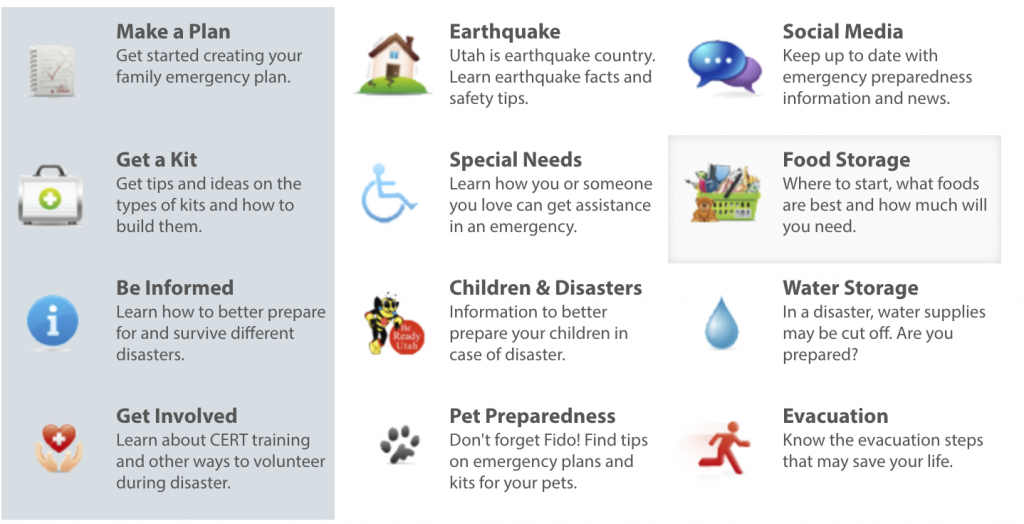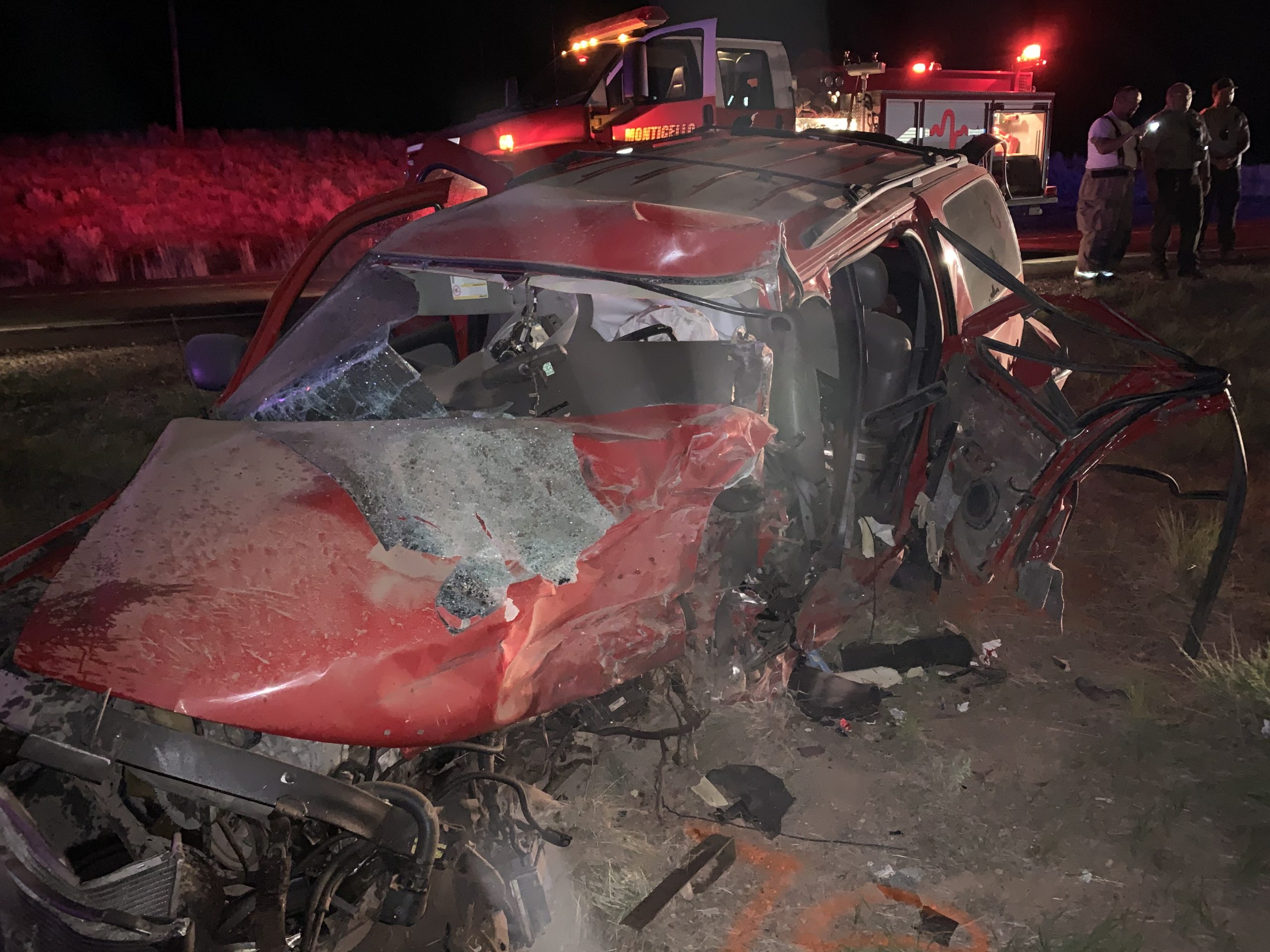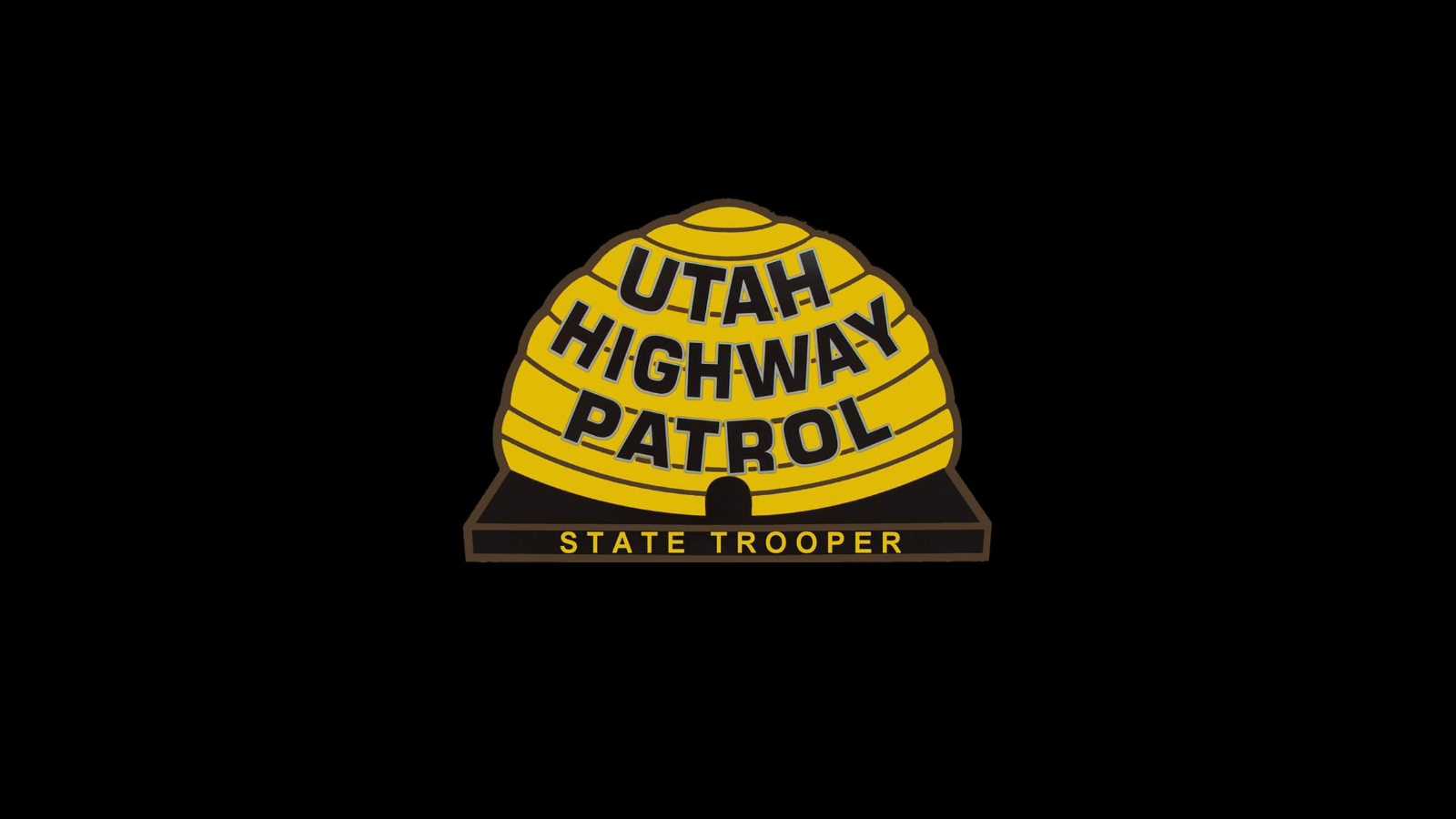Disasters
TOP STORY
What can Utah learn from the Alaska quake?
Alaska showed its resilience in the face of a 7.0 earthquake.
Like many, we feared the worst when we heard that a magnitude 7.0 earthquake struck near the city of Anchorage, Alaska, Nov. 30. But as the hours ticked by, we received no reports of fatalities and only few injuries.
The Verge reports how Alaska’s Department of Transportation was able to rebuild some of the destroyed roads in just days.
Alaska was fortunate for a few reasons:
- They are used to earthquakes. Alaska has more earthquakes than any other state in the nation.
- They’ve been through some big ones, a magnitude 9.2 in 1964, for example.
- They have used the time since 1964 to enhance their building codes.
- Their earthquake was moderately deep. It occurred about 27 miles deep in the earth. A deeper stronger quake can sometimes do less damage than a weaker quake that happens near the surface.
Unlike Alaska, Utah has a series of weaknesses when it comes to earthquake resilience:
- We aren’t used to earthquakes. Though we have 700-800 quakes a year, most of them are not felt. About 8 or so quakes reach an intensity that people and feel. It’s a good reminder that Utah can have quakes, but only if people take it seriously.
- Our two largest earthquakes happened in the early 1900s, a magnitude 6.6 quake in Hansel Valley (Box Elder County) in 1934 and a magnitude 6.5 in Richfield in 1901. Utah’s population in 1934 was 522,000, and almost no one alive today would remember it.
- We have a lot of unreinforced masonry buildings (147,000) in the 12 counties around the Wasatch Fault. Think brick and block homes built before modern building codes. These buildings typically do not fare well in intense shaking.
Though a Utah earthquake like Alaska’s will be devastating, there’s plenty you can do
- Think about your community and act as a community.
- People with a stronger sense of community tend to have a more positive sense of recovery, even if the damage was worse, than people who feel isolated from their neighbors.
- Join a Community Emergency Response Team, or CERT. These are teams of individuals throughout Utah who have committed to learning emergency response skills to help at a moment’s notice. Contact your city or fire department to find the nearest CERT to you.
- Prepare yourself mentally and physically.
- Expect that you could face an emergency at some point. It might not be the earthquake in the video above, but knowing that is a possibility will help you respond quickly when something bad happens.
- Start to make some emergency plans, such as a communications plan if you can use your cell phone and a reunification plan if your family is separated at home, work and school.
- Learn first aid.
- Start to build food and water storage so you can survive for an extended period of time if store shelves are empty. This isn’t just an exercise in hoarding food for yourself, but if you’re thinking about community, you will be prepared to help someone else, as well.
- Make good choices for your body: Eat healthily, exercise and get appropriate rest. You’re going to rely on your body. Help it be the best it can be.
- Make preparedness a habit, like brushing your teeth or getting gas for your car.
- Check out BeReadyUtah.gov, our preparedness program, for tips. There’s a lot on that site, but just pick something and do that thing. Then, come back in a week or a month and work on something else.
- Share content from Be Ready on Twitter or Facebook. Tell your friends how you are preparing so they can do the same.

Joe Dougherty is the public information officer for the Utah Division of Emergency Management.
jdougherty@utah.gov






SHARE THIS STORY